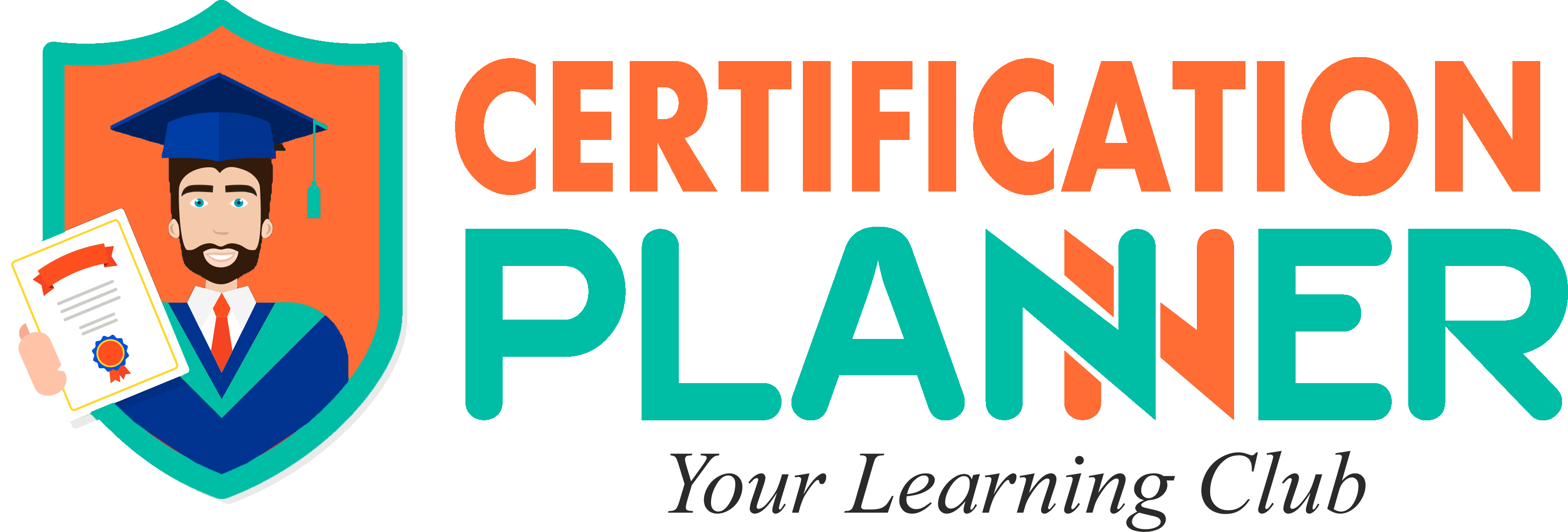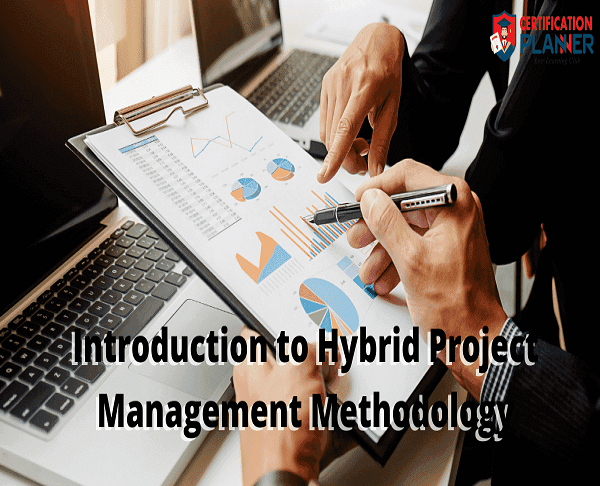Introduction to Hybrid Project Management Methodology
The emergence of hybrid project management is gaining momentum and acceptance in recent years. Agile methodology is considered as best practice for the project management due to its flexibility and faster productivity. The traditional waterfall project management includes well-defined planning and a Work Breakdown Structure (WBS). Both the project, as mentioned earlier, management methodologies have cons too. The methods don’t fit all the projects. Few organizations combine both the project management methods according to the complexity involved in the project's different phases.
An optimal combination of agile best practices and work breakdown structure (WBS) of waterfall project management is Hybrid Project Management. This method is also called Hybrid Agile or structured Agile.
The debate for selecting flexible (Agile) project management and Classical (Waterfall) project management method is not new. Few projects need to have predictive project management, waterfall methodology, and few projects need to have a flexible and agile approach. But, few projects are complex and demand the combination of both methods for faster productivity. The combination of elaborated structure from waterfall methodology and speedier response to agile practices is a hybrid methodology. The new approach of combining processes is both fast and elaborated.
According to PMI’s Pulse of Profession 2019, 60% of the highly competent companies use hybrid project management all or most of the time.
The main advantage of combining the methodologies is that all the tasks are well defined by the Work Breakdown Structure (WBS) and agile methods.
Hybrid methodology in new PMP exam content outline 2021
As a result of the rising popularity of Agile methodology and Hybrid project management and to align the PMP exam with current project management practice and adapt the new methods, the new PMP exam content outline released on 2 January 2021 includes 50% Predictive Approach (Waterfall methodology) and 50% Agile / Hybrid Approach across the domains People, Project and Business Environment.
In addition to PMBOK Guide 6th edition, the candidate preparing for the PMP exam needs to Study The Agile Practice Guide and Agile approaches.
The significant factors that contribute to adopting hybrid project management :
- Complex projects
- Customer satisfaction
- Highly competitive market
The ideal combination of PM methodologies are defined as follows:
- Planning and product requirement- Waterfall method
- Initiating the design and framework- Waterfall method
- Software development life cycle using sprints- Agile method
- Testing and feedback- Agile method
- Evaluating the result- Agile method
- Finalizing the project- Waterfall method
- Closing the project- Waterfall method
The roles and responsibilities of project manager and Scrum Master in hybrid project management:
The project manager is responsible for creating a defined work breakdown structure during the planning phase and accountable for the whole project. Scrum masters use sprints to execute the tasks planned according to WBS. The responsibilities of project managers are during:
- Work breakdown structure
- Product requirements
- Customer feedback
- Defining components etc
Scrum Masters are responsible during:
- Execution of tasks
- Sprints
- Backlogs
- Releases etc
The workflow of the Hybrid Project Management is as shown in the below image:
In the image above, the tasks are managed by project managers and scrum masters, resulting in higher productivity and fast release.
Software that can be used to perform Hybrid Project Management:
There are many project management software for a hybrid methodology to ease the project manager and scrum master's tasks. The time allocated for the documentation process can be reduced. The list of software used for hybrid project management:
- Binfire
- monday.com
- ProjectManager
- Clarizen
- Teodesk etc
Binfire: The Binfire software can be used if the organization plans to combine Kanban and waterfall project management. It supports both waterfall and agile methodology by including well-defined task management and a Kanban dashboard to visualize the workflow.
monday.com: This software is suitable for both agile and hybrid project management methodologies. It is similar to a spreadsheet with Kanban Board, Gantt style charts, list views, and also customizable task board for managing task status, assignee, due date, etc.
ProjectManager: This software is a reporting tool used for hybrid methodologies too. This software allows us to toggle between various features like Gantt chart, task list, Kanban board views, etc.
Clarizen: Clarizen is an enterprise-level service automation software solution. It optimizes the project planning with project workflows, a full-featured resource, schedule, and task planning tools on a wide-scale for better project timeline and milestones to budget, project discussions, and sharing documents.
Teodesk: Teodesk is a popular software to implement a hybrid methodology. It efficiently supports the project manager while defining the tasks. It also provides a detailed phase overview of each lesson.
Conclusion:
Hybrid project management methodology is an efficient way to execute complicated projects which require a clear Work Breakdown Structure and a flexible approach to accomplish the task with sprints and continuous feedback. Get PMP certification training with Certification Planner to understand the Hybrid project management methodology useful for the new PMP exam started from January 2021.
Reach out to us at support@certificationplanner.com or +1 8553221201 if you want to discover more about your training options. Happy Learning!


Comments (0)